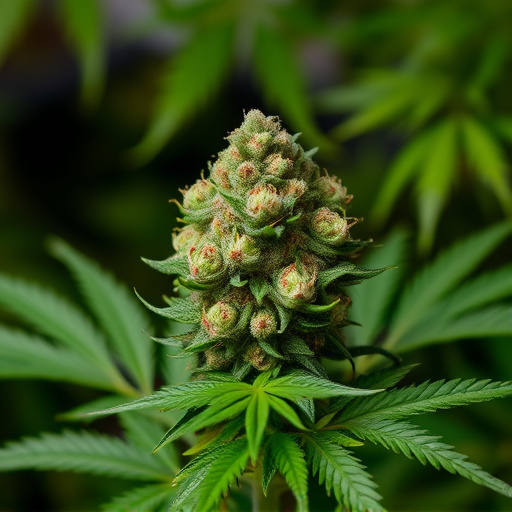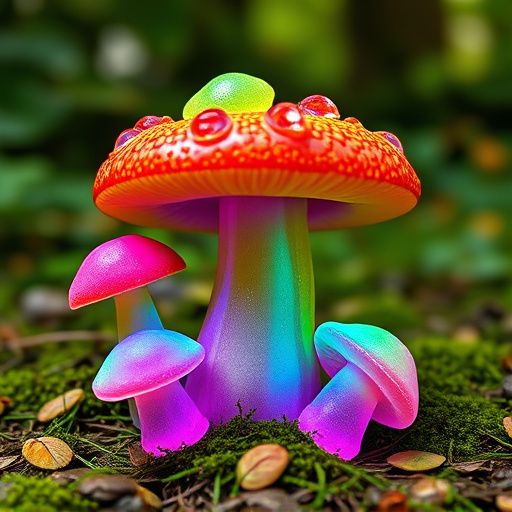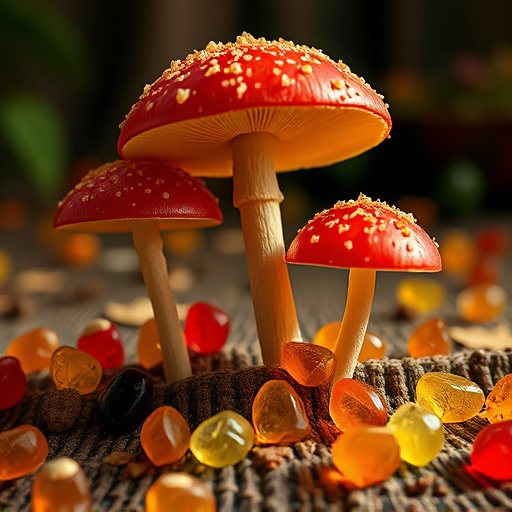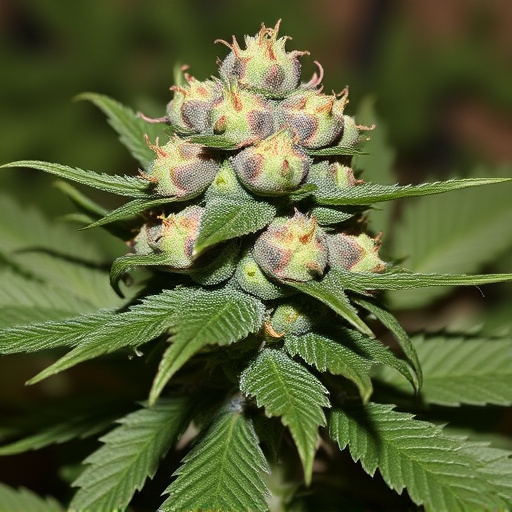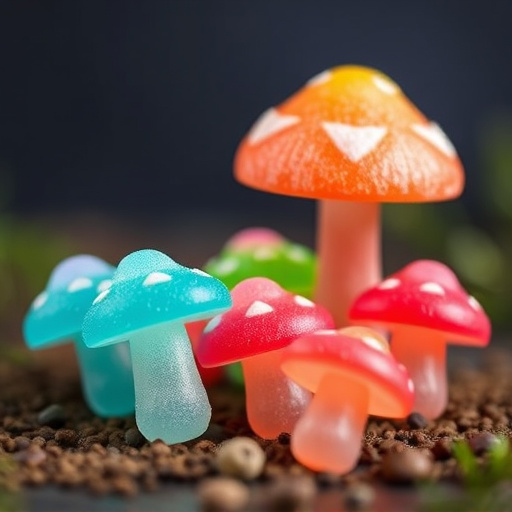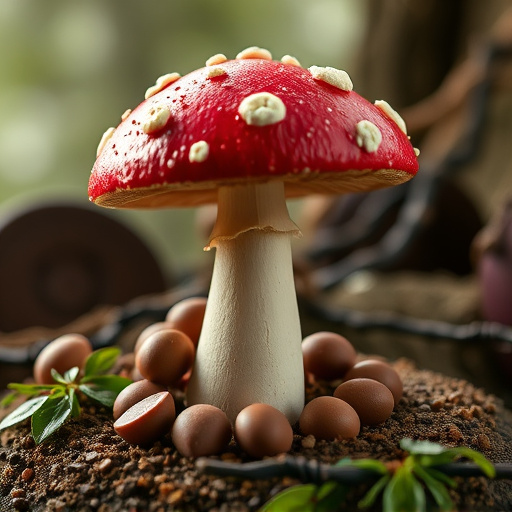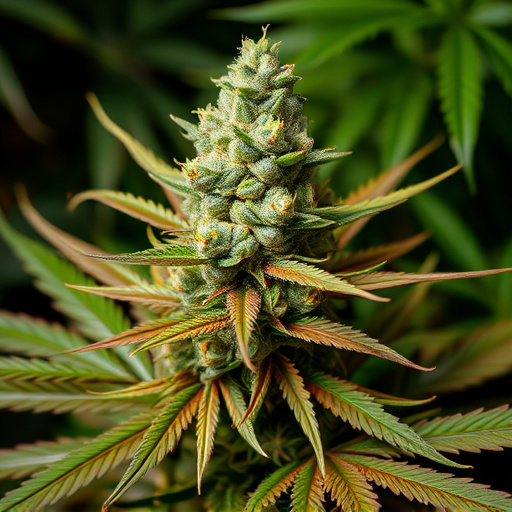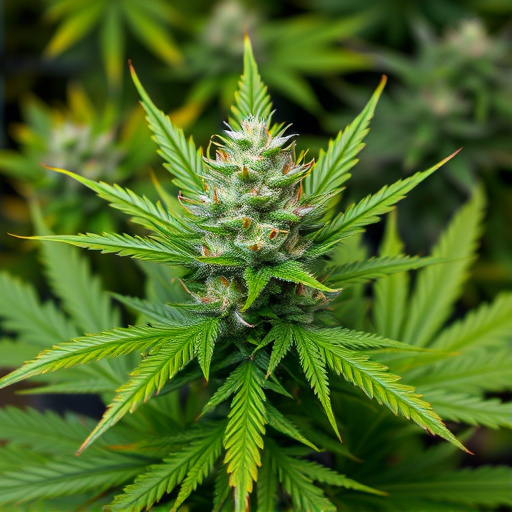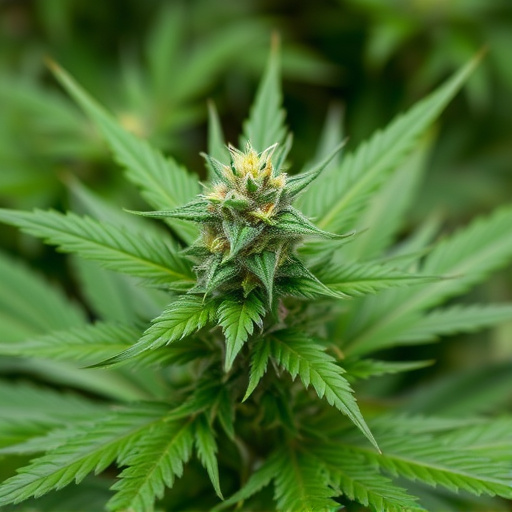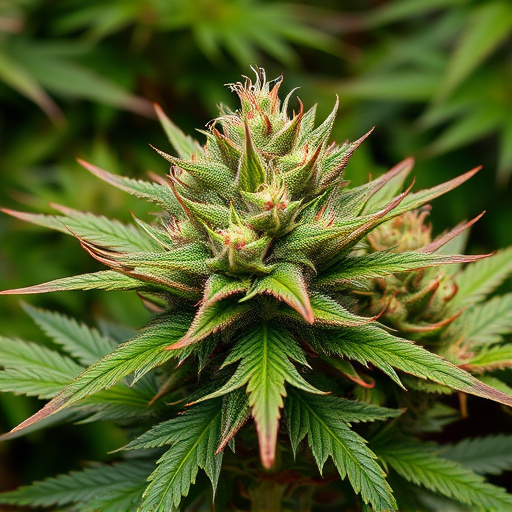Exotic marijuana strains' unique flavors and aromas are attributed to terpenes, aromatic compounds also offering potential therapeutic benefits. Understanding terpene interaction with cannabinoids allows cultivators to create personalized strains tailored to users' preferences and needs. Terpenes like linalool promote relaxation while others stimulate focus, providing a complex spectrum of effects. Beyond scent and flavor, terpenes have anti-inflammatory, analgesic, and antimicrobial properties, contributing to holistic wellness.
In the world of cannabis, terpenes are more than just aromas; they are the unsung heroes behind the unique experiences of exotic marijuana strains. Unlocking the aromatic secrets of these organic compounds reveals a complex interplay that influences both the scent and therapeutic potential of cannabis flowers. This article delves into the crucial role of terpenes, exploring how they contribute to the diverse effects felt by consumers, especially in sought-after exotic marijuana strains.
- Unlocking the Aromatic Secrets of Terpenes in Cannabis
- The Role of Terpenes in Exotic Marijuana Strains
- Understanding the Health Benefits and Therapeutic Effects of Terpenes
Unlocking the Aromatic Secrets of Terpenes in Cannabis
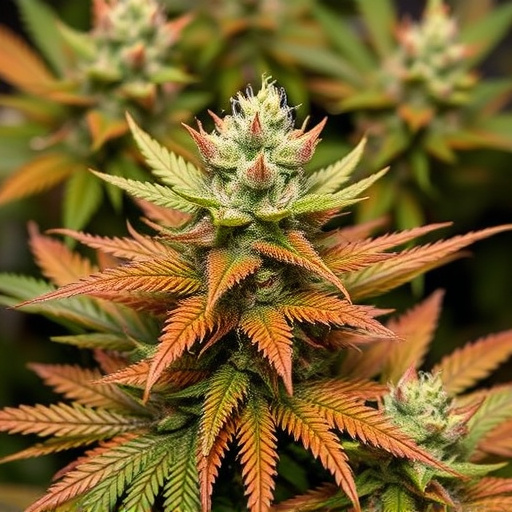
In the world of cannabis, terpenes are like the secret recipe that gives each strain its unique flavor and aroma. These aromatic compounds, found in both cannabis plants and many fruits and herbs, play a significant role in shaping the sensory experience of smoking or consuming exotic marijuana strains. Terpenes not only contribute to the distinct taste and smell but also offer potential therapeutic benefits, making them an essential aspect to unlock for cannabis enthusiasts and researchers alike.
The fascinating part is how terpenes interact with cannabinoids like THC and CBD. Certain terpenes can enhance or alter the effects of these compounds, creating a diverse range of experiences. For instance, myrcene, known for its earthy and fruity notes, is often linked to relaxation and sleepiness, while limonene’s citrusy aroma is associated with uplifting and energizing effects. Understanding this complex relationship allows cultivators to craft exotic marijuana strains that cater to specific preferences and desired outcomes, making the cannabis experience truly personalized.
The Role of Terpenes in Exotic Marijuana Strains
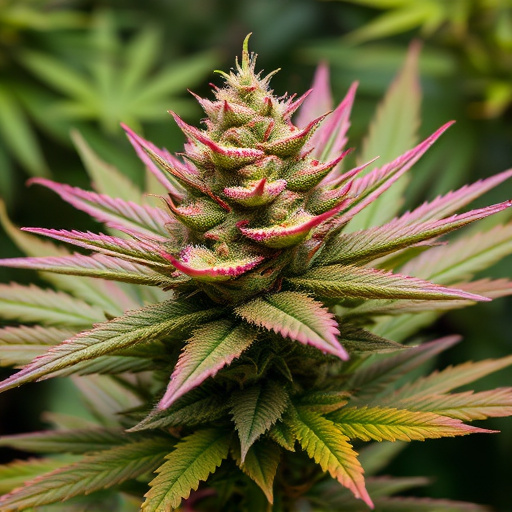
In the realm of exotic marijuana strains, terpenes play a pivotal role in shaping the unique experiences users embark on. These aromatic compounds are not just responsible for the distinct scents and flavors that make certain strains stand out; they also contribute significantly to their therapeutic potential. Each terpene offers specific benefits, from promoting relaxation with linalool to stimulating focus with limonene. The intricate interplay of these chemical elements creates a symphony of effects, enhancing the overall experience for cannabis enthusiasts.
Exotic marijuana strains often boast diverse terpene profiles, which add depth and complexity to their effects. For instance, myrcene, known for its earthy and musky notes, is prevalent in many Indica-dominant strains, inducing feelings of calm and relaxation. Conversely, pinene, with its refreshing pine and spruce aroma, is commonly found in Sativa-leaning varieties, boosting mental clarity and energy. Understanding these terpene roles allows users to choose strains that align with their desired effects, making the experience more personalised and pleasurable.
Understanding the Health Benefits and Therapeutic Effects of Terpenes
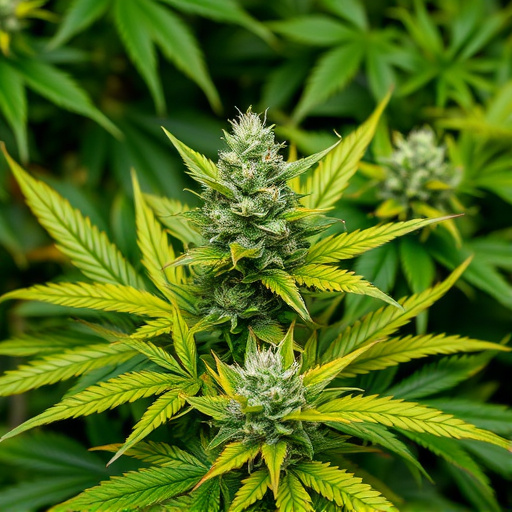
Terpenes, often referred to as the “aromatic compounds” of cannabis, play a significant role in understanding the health benefits and therapeutic effects of exotic marijuana strains. These volatile oils are responsible for the unique scents and flavors we associate with different cannabis varieties. Beyond their contribution to the sensory experience, terpenes have been linked to various medicinal properties. Many studies suggest that they can interact synergistically with cannabinoids, enhancing or modifying their effects. For instance, myrcene, a common terpene, is known for its sedative qualities, making it potentially beneficial for treating insomnia and anxiety.
The therapeutic potential of terpenes extends beyond relaxation and stress relief. They have shown anti-inflammatory, analgesic, and antimicrobial properties, contributing to their role in immune system modulation. Certain terpenes may also help manage chronic conditions such as arthritis and multiple sclerosis. As research continues to uncover the complex interplay between terpenes and cannabinoids, it becomes increasingly clear that these natural compounds offer a wide range of health benefits, making exotic marijuana strains more than just a source of pleasure—they can be powerful tools for holistic wellness.
Terpenes, the aromatic compounds responsible for the distinct scents and flavors of cannabis flower, play a pivotal role in enhancing its therapeutic properties. As explored in this article, understanding terpenes is crucial, especially when considering the growing popularity of exotic marijuana strains. Their ability to interact with cannabinoids opens up a world of potential health benefits, from stress relief and pain management to anti-inflammatory effects. By delving into the unique profiles of terpenes, cannabis enthusiasts can make informed choices, unlocking a truly revitalizing experience.
